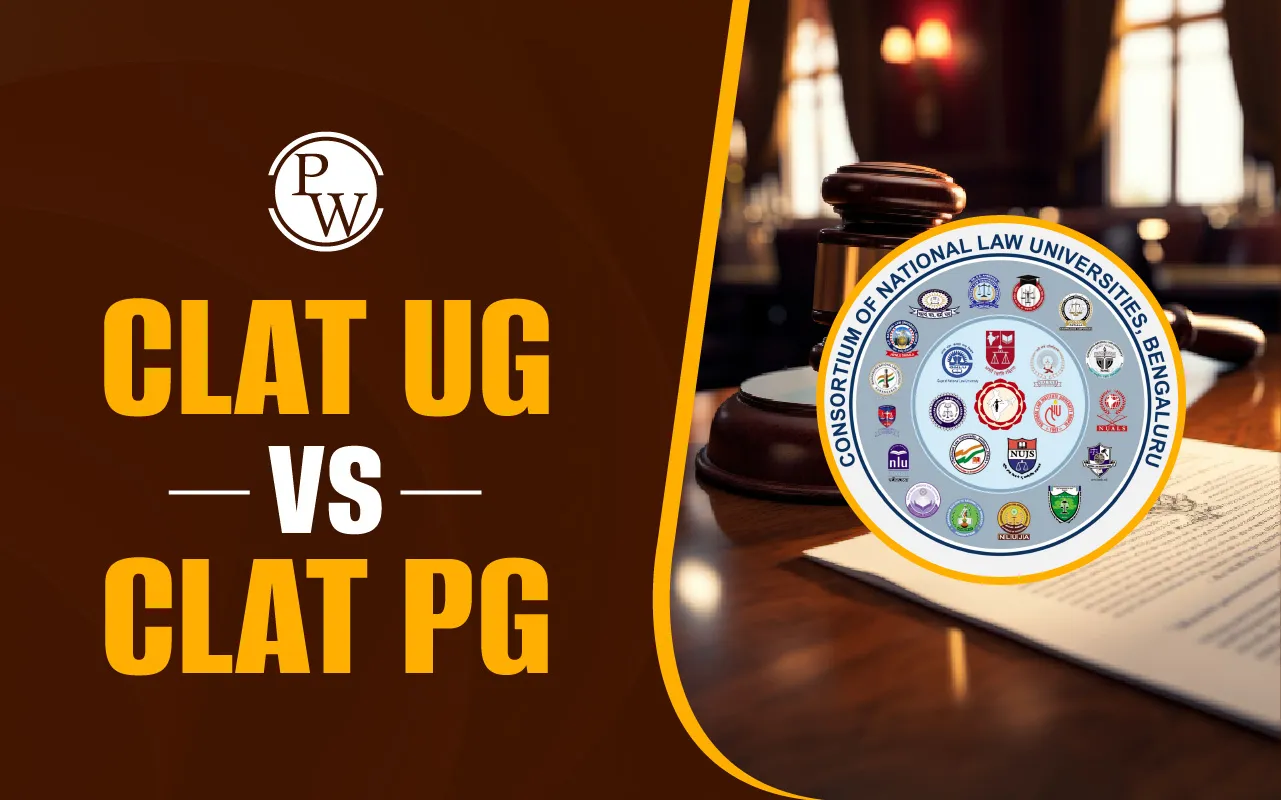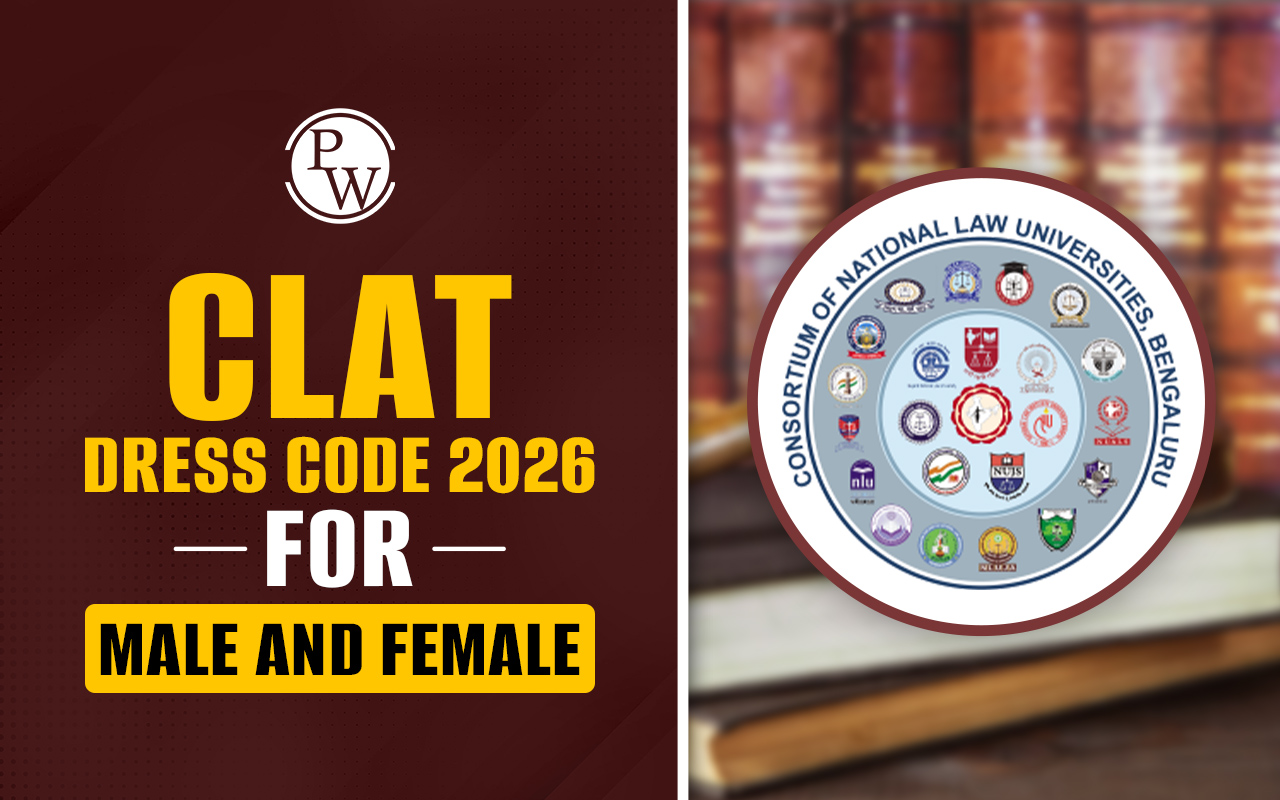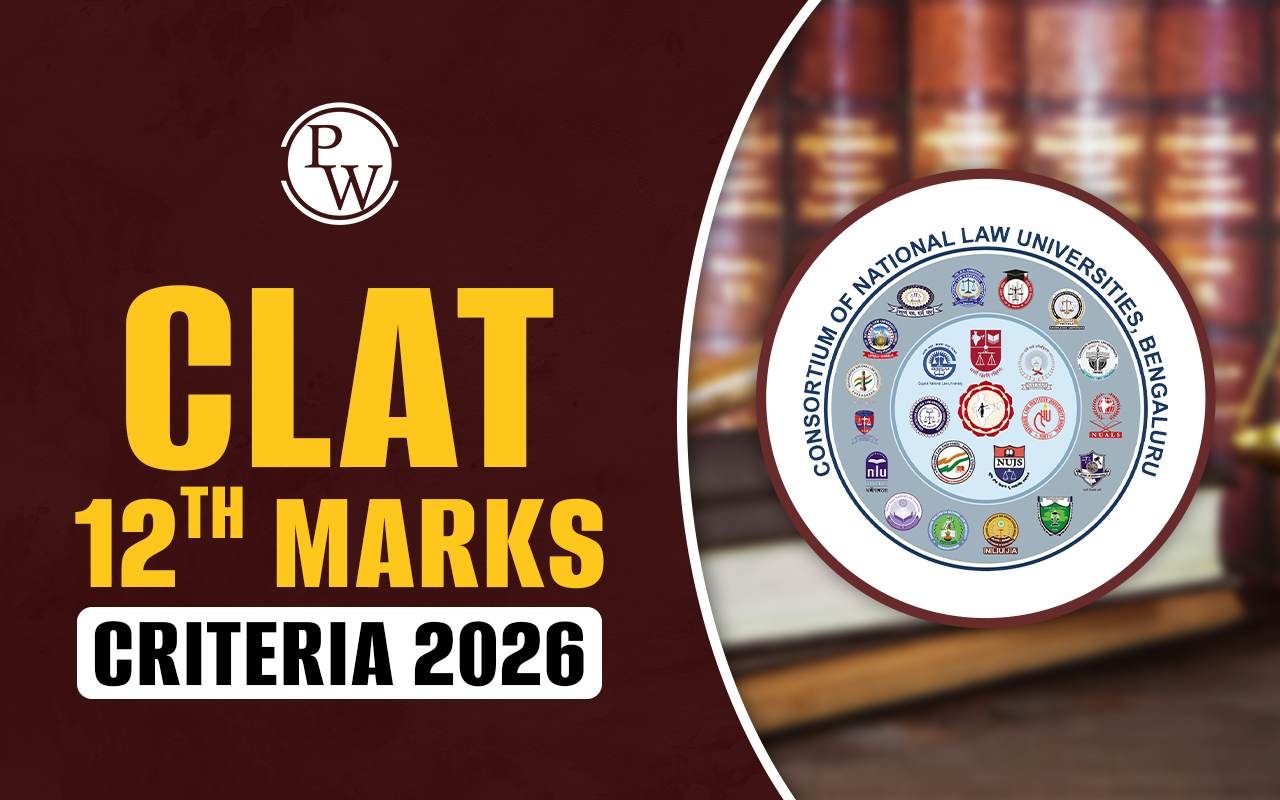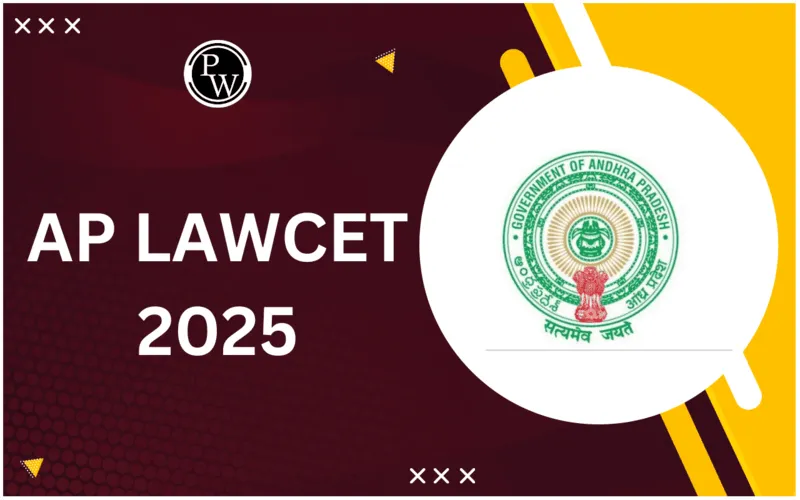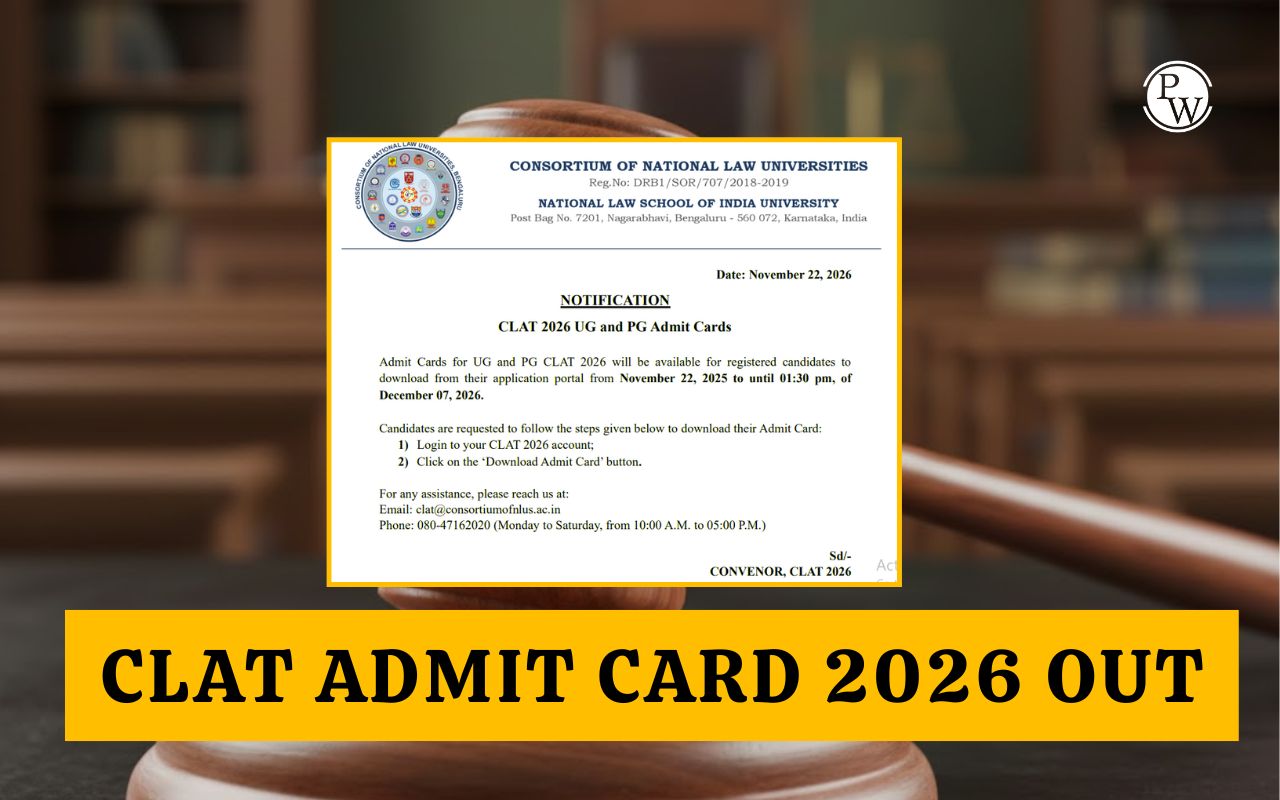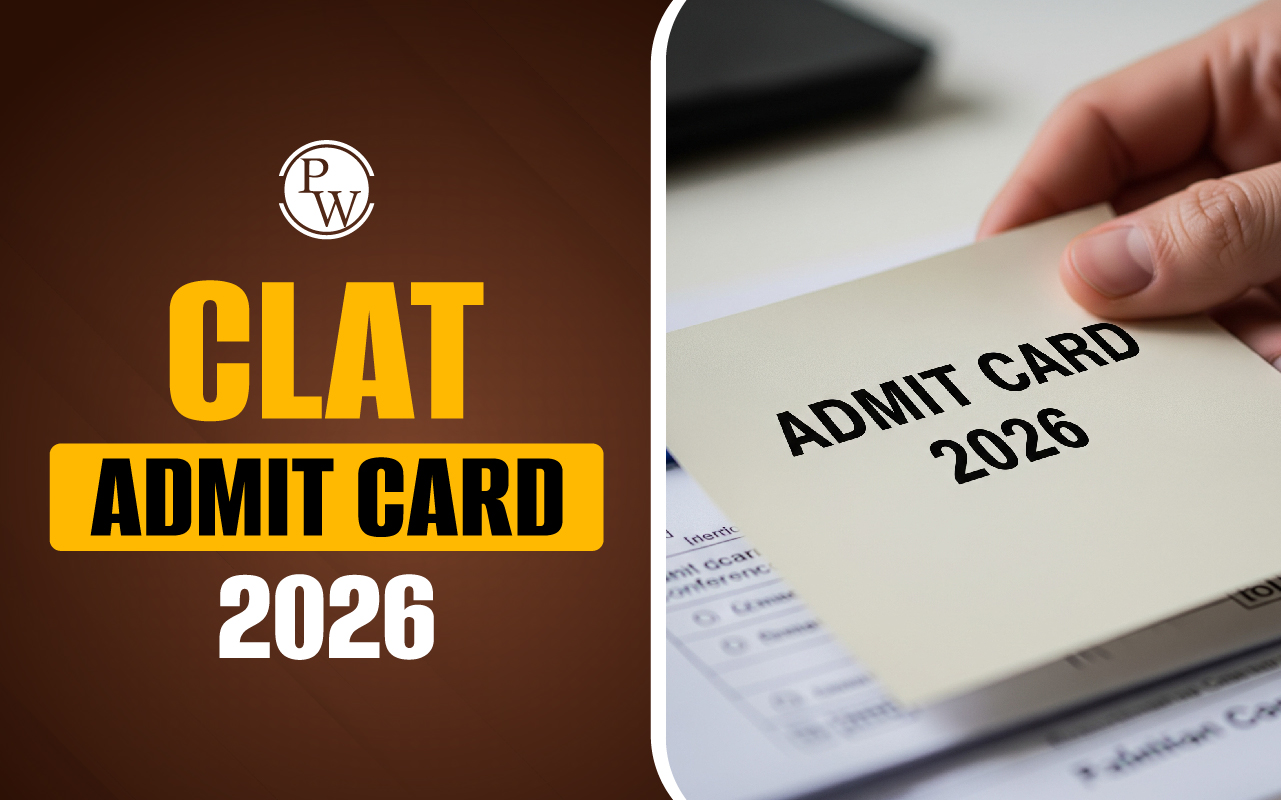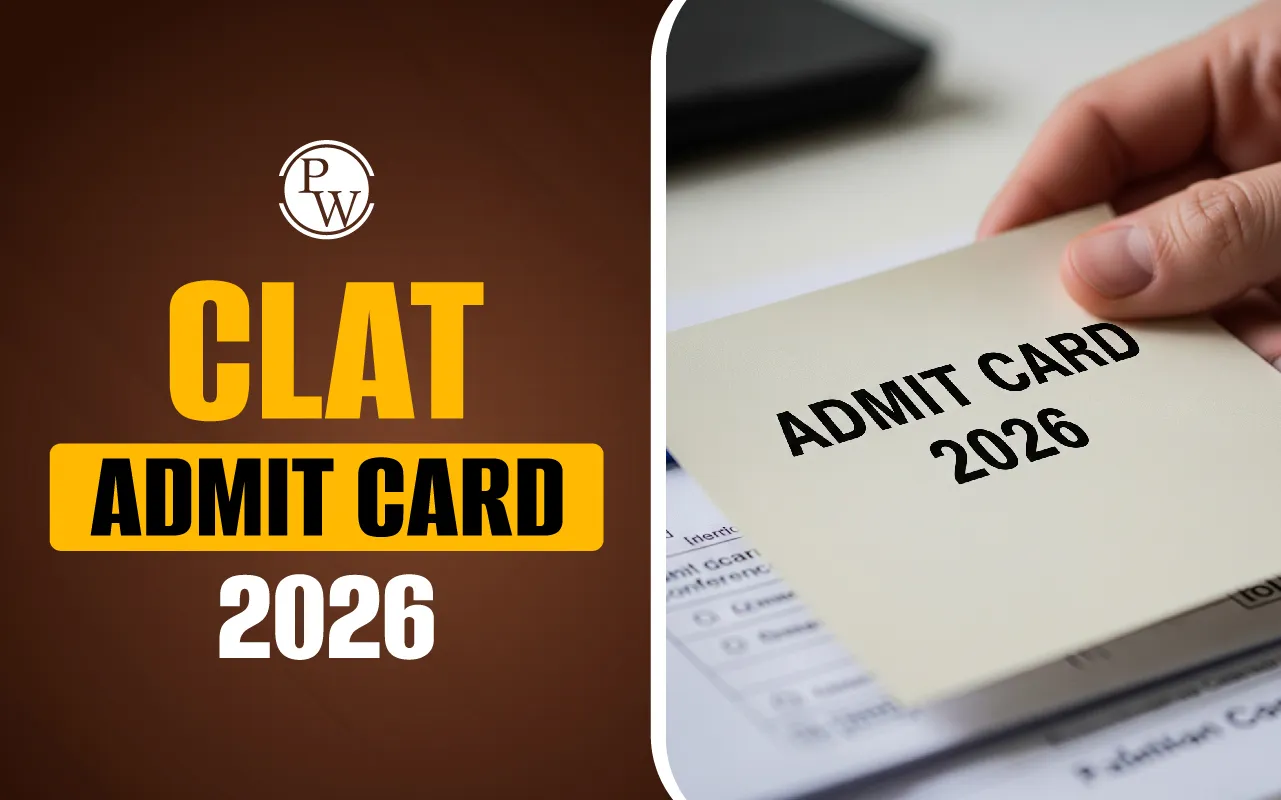
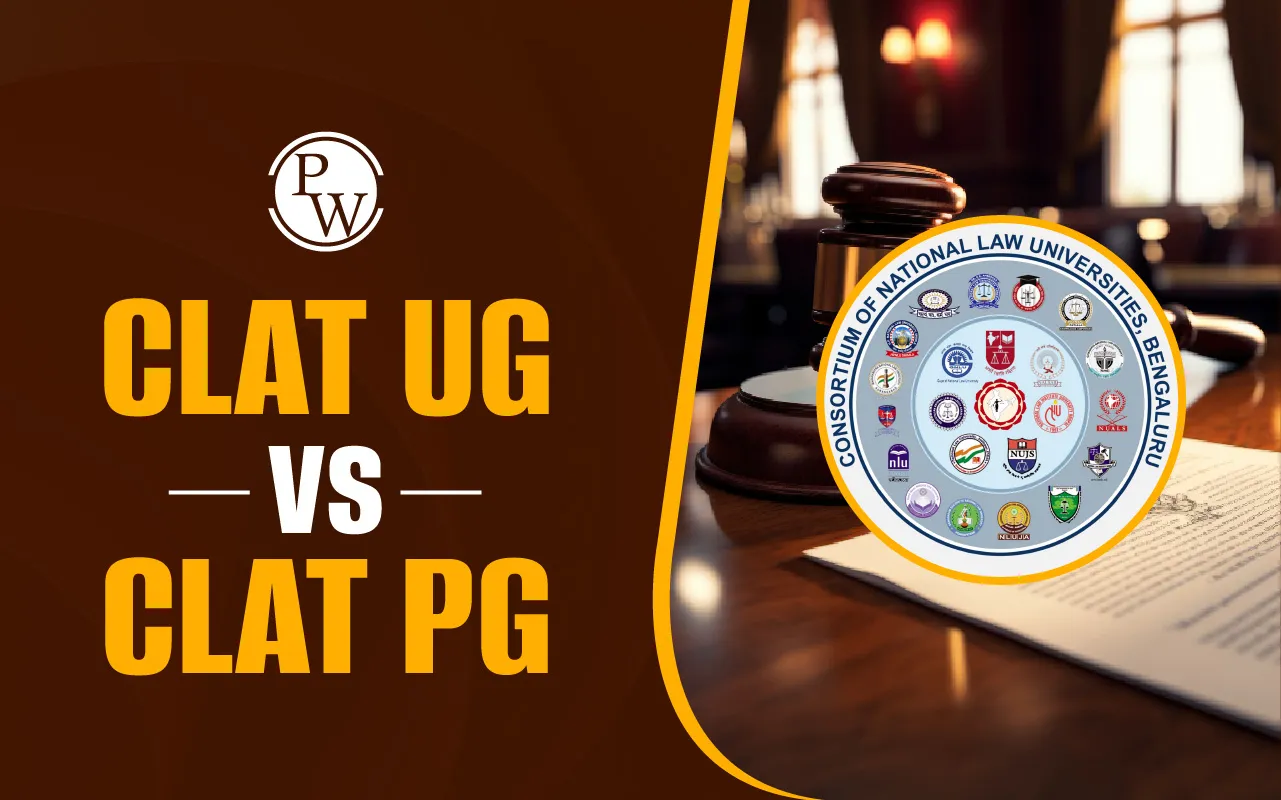
CLAT UG Vs CLAT PG: The Common Law Admission Test (CLAT) is a national-level exam and is crucial for law aspirants willing to pursue law as a career. Qualifying CLAT offers admission to UG and PG courses at various NLUs. Therefore, understanding the difference between CLAT UG vs CLAT PG is important for candidates.
While CLAT UG is an undergraduate law program including BA LLB, BSc LLB, etc., CLAT PG comprises postgraduate courses such as LLM, where advanced legal studies are taught.
Checkout Law Books from PW Store
What is CLAT UG?
CLAT is a gateway for admission to the UG courses like BA LLB, BBA LLB, and BCom LLB offered by 26 NLUs and other participating institutions. The exam is monitored by the Consortium of National Law Universities (NLUs) for admission to 5-year LLB programs. The exam assesses candidates in areas such as English, logical reasoning, legal aptitude, current affairs, and quantitative techniques.
What is CLAT PG?
CLAT PG is a national-level entrance exam conducted by the Consortium of National Law Universities for admission to LLM (Master of Laws) programs across leading NLUs in India. It is designed for law graduates who wish to pursue advanced studies and specialization in law. The exam evaluates candidates on their comprehension, analytical abilities, and in-depth knowledge of core legal subjects at the graduate level.
CLAT UG Vs CLAT PG Overview
The Common Law Admission Test (CLAT) is a national-level entrance exam in India, but it is conducted at two distinct levels: CLAT UG (Undergraduate) and CLAT PG (Postgraduate). The primary difference between the two lies in the academic stage and the purpose they serve. CLAT UG is focused on students who have completed their 12th grade and wish to pursue integrated five-year undergraduate law programs such as BA LLB, BCom LLB, or BBA LLB at National Law Universities (NLUs).
While CLAT PG is designed for law graduates seeking admission to postgraduate LLM programs, focusing on advanced and specialized areas of law.
The following table highlights the key differences between CLAT UG vs CLAT PG.
CLAT UG Vs CLAT PG: Exam Pattern
The exam pattern for CLAT UG and CLAT PG is structured according to their target audiences. Though both exams are conducted by the Consortium of NLUs, there is a slight difference in their exam pattern. CLAT UG is structured to assess the aptitude, reasoning, and foundational legal awareness of students seeking admission to UG law programs. In contrast, CLAT PG is more inclined towards advanced legal subjects for PG candidates. Both exams are held offline and consist of 120 multiple-choice questions. The differences between the exam patterns of CLAT UG vs CLAT PG are detailed in the following table.
CLAT UG Vs CLAT PG: Exam Syllabus
CLAT UG and CLAT PG differ significantly in their exam syllabi. CLAT UG syllabus includes foundational subjects like English language, logical reasoning, current affairs, legal reasoning, and basic quantitative techniques. However, CLAT PG targets law graduates seeking postgraduate specialization and covers advanced legal subjects such as Constitutional Law, Jurisprudence, Contract Law, Criminal Law, International Law, and recent legal developments. CLAT UG assesses general aptitude and basic legal awareness, while CLAT PG evaluates in-depth legal understanding and analytical skills required for higher studies in law. The following table lists the key differences between the syllabi of CLAT UG vs CLAT PG.
CLAT UG Vs CLAT PG: Eligibility Criteria
CLAT UG and CLAT PG have different eligibility criteria depending on the target audience. CLAT UG is meant for students who have completed or are appearing in their 10+2 (or equivalent) exams. For minimum qualifying marks, candidates must refer to the specific requirements of each degree before applying. Here are the major differences between the eligibility criteria for both CLAT UG and CLAT PG.
CLAT UG Vs CLAT PG: Career Pathways
CLAT UG and CLAT PG open distinct career pathways in the legal field based on the academic level and specialization of each exam. CLAT UG serves as the entry point for students aspiring to build foundational legal knowledge and pursue diverse roles such as litigation, corporate law, public service, and alternative dispute resolution after completing their undergraduate law degree.
CLAT PG graduates with advanced knowledge in law have higher-level opportunities in academia, research, specialized legal practice, public sector undertakings (PSUs), and policy-making. As per your qualifications and experience, candidates can pursue diverse careers after completing their law degree.
CLAT UG Vs CLAT PG FAQs
What is the main difference between CLAT UG and CLAT PG?
Who is eligible to appear for CLAT UG and CLAT PG?
How many questions are there in each exam?
What is the marking scheme for both exams?
Can the same candidate appear for both CLAT UG and CLAT PG in the same year?

